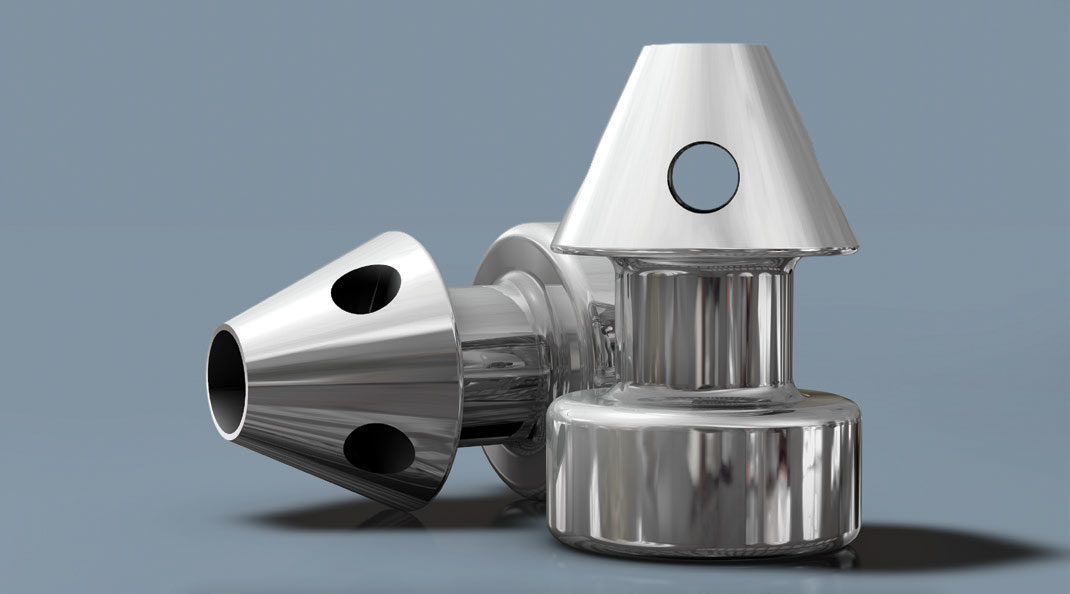 |
| A greater proportion of eyes were medication-free at 24 months in the iStent plus cataract surgery group (57%) compared with those who underwent surgery but did not receive the implant (36%). Photo: Glaukos. Click image to enlarge. |
The iStent (Glaukos) is a small, titanium implant that was designed to create a bypass through the trabecular meshwork to facilitate physiologic outflow and lower IOP. The more recent iStent Inject device is indicated for dual placement at different locations, creating two bypasses as well as a different angle of insertion. While it received FDA approval back in 2018, few studies have compared cataract surgery and combined surgery and iStent Inject. Researchers in Melbourne have recently assessed the MIGS system’s efficacy for lowering IOP, reducing medication use and improving quality of life outcomes at two-years following implantation of the system in patients with mild-to-moderate open-angle glaucoma and cataract. Combined cataract surgery with iStent Inject achieved a clinically and statistically significantly greater reduction in ocular hypotensive medication usage, with no significant difference in IOP. Their findings were published in Ophthalmology Glaucoma.
Participant eyes were randomized 1:1 to combined cataract surgery with iStent Inject (treatment group, n= 56) or cataract surgery alone (control group, n=48), and then followed up for two years. Participants (67.3% male) were between the ages of 53 to 85 and treatment groups were similar in terms of mean medicated IOP (treatment group 17.7mm Hg; control group 17.1mm Hg) and number of ocular hypotensive medications (treatment group 1.69; control group 1.80) at baseline.
At the end of the study period, the number of ocular hypotensive medications were 0.7 in the treatment groups compared with 1.5 in the control group, with an adjusted difference of 0.6 fewer medications per eye in the treatment group. In the treatment group, 57% of eyes were on no glaucoma medications compared with 36% in the control group. There was no significant difference in IOP between the two groups beyond four weeks. There were no differences in patient-reported outcomes between the two groups. The visual outcomes and safety profiles were similar between the two groups.
“Most clinicians would agree that the difference in medication burden between the two groups is more clinically relevant, as it is unlikely that patients undergo a medication washout prior to surgery to ascertain their unmedicated IOP due to practical and safety reasons,” the study authors wrote in their paper. “While we recognize that MIGS is not a replacement for glaucoma filtration surgery, a sustained reduction in the number of glaucoma medications has clinical utility in that it may defer or reduce the need for filtration surgery in this patient population.”
“In a world where most medical and surgical therapies are recognized to worsen a glaucoma patient’s quality of life, treatment success should be determined by more than intraocular pressure alone,” the researchers concluded.
Fan Gaskin JC, Bigirimana D, Kong GYX, et al. Glaucoma Investigation and Research Unit, Royal Victorian Eye and Ear Hospital. Prospective, randomized controlled trial of cataract surgery vs. combined cataract surgery with insertion of iStent Inject. Ophthalmol Glaucoma. February 16, 2024. [Epub ahead of print]. |

